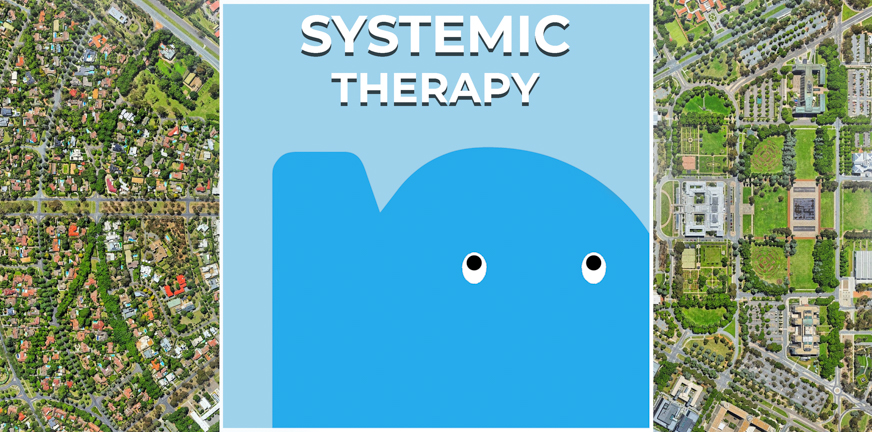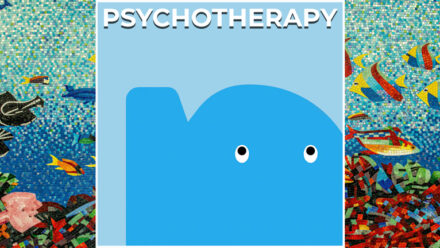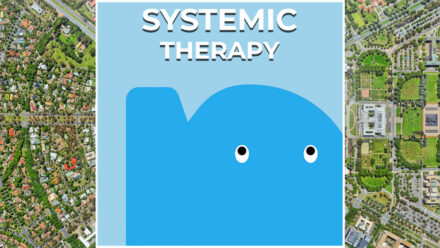
With systemic therapy, you and your therapist talk about your own position within your social circle. How do you relate to others and how can you influence your position “within the system” in a positive way?
Different forms of systemic therapy
Relationship therapy and family therapy are two specific forms of this psychotherapy. Together they are also known as Family/Systemic therapy. The treatment has two core principles. The first is that everybody is part of one or more groups of people. Such a group is called a social system. Systemic therapy is often concerned with the family system in which you were raised, or are still part of.
The second principle is that the different (family) members influence each other, and that their problems with one another are sustained through their interaction. Unhealthy interactions within the social system can have a negative effect on the mental well-being of its members.
By addressing the underlying thoughts and emotions in interaction with the other(s), systemic therapy can lead to more healthy relationships, thereby reducing problems of the individual members.
Working systemically
Another form of systemic therapy is working systemically. It is a lot like systemic therapy, but with greater emphasis on the here and now. When the therapist and patient are talking, they also become a system and during their interaction, patterns can be examined and discussed. Family constellations is a form of working systemically.
Characteristics of systemic therapy
Typical for systemic therapy is that you are usually in therapy together, as a couple or with family members. The therapy revolves around the issues of one or more of the people involved. The participants become aware of their reactions to one another and get to understand their influence on each other. It often includes assignments to do in your own time, for instance to try and act or respond differently than before and see how this turns out.
Systemic therapy is concerned with behavioural patterns
Behaviour between people is often repetitive. This is called behavioural patterns. The best way to break out of undesirable patterns is by learning new behaviour and developing new patterns. This can be done together, by giving new meaning to what you see, feel and experience. By talking about expectations and genuinely listening to each other. That may sound simple, but is often a real challenge. When people succeed In this, they can often feel a more positive energy within the system again.




